Are you familiar with the chilled ramen enjoyed in Yamagata Prefecture? It’s not like the usual cold noodles or chilled Chinese noodles. Instead, it’s a unique local specialty where ramen is served cold. This eating style apparently started at a restaurant called “Sakae-ya Honten” in Yamagata. Have you ever wondered why people started eating ramen this way in the chilly Tohoku region? Let’s take a look at Yamagata’s “cold ramen,” (or Hiyashi Ramen) a B-grade local delicacy.
What is Hiyashi Ramen?
Hiyashi Ramen, also known as chilled ramen, is a regional delicacy in Yamagata Prefecture. As its name suggests, it features cold soup with ice, typically flavored with soy sauce. Similar to traditional hot ramen, it comes topped with ingredients such as chashu, green onions, and bamboo shoots.
The differences between Hiyashi Ramen, Hiyashi Chuka and Reimen
Hiyashi Chuka (冷やし中華)
Hiyashi Chuka is a Japanese dish consisting of cold ramen noodles topped with various ingredients such as sliced vegetables, egg, ham, and sometimes seafood or chicken. It is typically dressed with a tangy soy sauce-based dressing or sesame sauce. This dish is famous for its refreshing taste and vibrant presentation.
Click here for more details about Hiyashi Chuka
Hiyashi Ramen (冷やしラーメン)
Hiyashi Ramen is another cold noodle dish from Japan, similar to Hiyashi Chuka but with a focus on ramen noodles instead of Chinese-style noodles. It features chilled ramen noodles served with toppings like sliced vegetables, chashu (braised pork), boiled egg, and bamboo shoots. You can enjoy the noodles with a soy sauce-based or sesame-based sauce.
Reimen (冷麺)
Reimen, also known as Naengmyeon in Korean, is a cold noodle dish that originated in Korea. It consists of thin, chewy noodles made from buckwheat or sweet potato starch, served in a chilled beef or anchovy broth. Reimen is typically topped with sliced cucumber, Korean pear, pickled radish, and a boiled egg. It is often enjoyed with a spicy mustard or vinegar-based sauce on the side.
Have you ever heard of Morioka Reimen? See here!
History
Chilled ramen was born not in ramen shops but in soba restaurants.
In recent years, Hiyashi ramen has been attracting attention every summer. Surprisingly, the origin of this Hiyashi ramen dates back over half a century ago. The birthplace of Hiyashi ramen is a shop called “Ei-ya Honten” in Yamagata Prefecture, where a word from one of the regular customers sparked the idea for “Hiyashi ramen.”
Regular Customer: “Since you have cold soba, it would be nice to have cold ramen too.”
Owner: “Hmm, let me think about it.”
Thanks to such a conversation, the owner of Ei-ya Honten, Mr. Senshiro Abe, conducted a year-long study and launched Hiyashi ramen the following summer in 1952. Hiyashi ramen isn’t simply hot ramen chilled. To prevent the tonkotsu or chicken bone broth from solidifying when chilled, all the fat is removed. However, to avoid making it too light, a blend of vegetable oil is added. It took many trials and errors to reach this stage. In other words, Hiyashi ramen is a masterpiece born from the continuous dialogue between customers’ voices and the owner’s relentless pursuit.
Looking at the history of ramen, it’s common for new menus to be born from conversations with regular customers, such as the birth of miso ramen or tsukemen, which were also inspired by customer feedback. And those who first materialized these ideas are truly remarkable.
Toppings in Hiyashi Ramen
Salted Mackerel and Plum Hiyashi Ramen
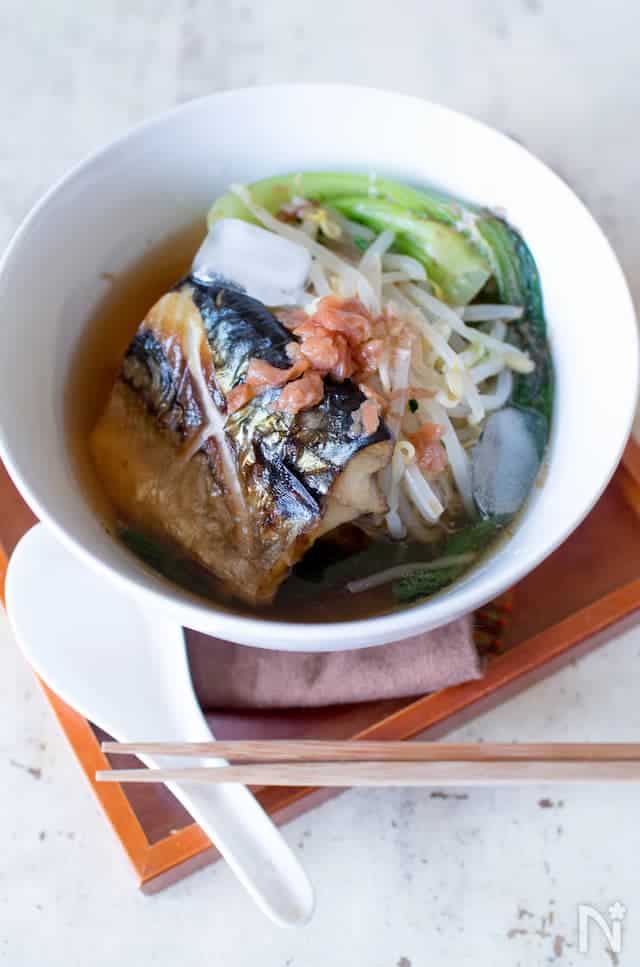
This dish features salted mackerel and plum hiyashi ramen served in a white bowl, topped with bean sprouts and bok choy. The savory taste of grilled salted mackerel, the crisp texture of bean sprouts and bok choy, combined with the accent of plum, creates an exquisite hiyashi ramen. It’s recommended to shred the salted mackerel gradually and mix it with the noodles. Adding not only pickled plum but also shiso leaves and powdered sansho pepper enhances the flavor. It’s a refreshing, Japanese-style ramen dish.
Plum and Chicken Tenderloin Hiyashi Ramen
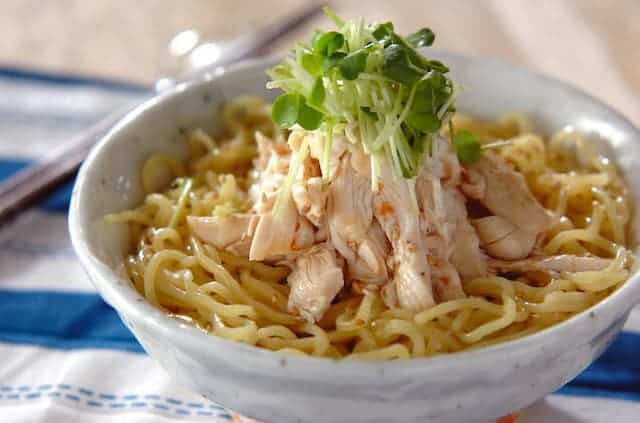
This hiyashi ramen features a refreshing flavor with plum meat. The chicken tenderloin is heated in the microwave and cooked through residual heat, resulting in a tender and moist texture. The smooth texture of the noodles complements the tender texture of the plum and chicken tenderloin perfectly. The spicy taste of kaiware sprouts and white sesame seeds adds a nice accent.
Lemon and Miso Hiyashi Ramen
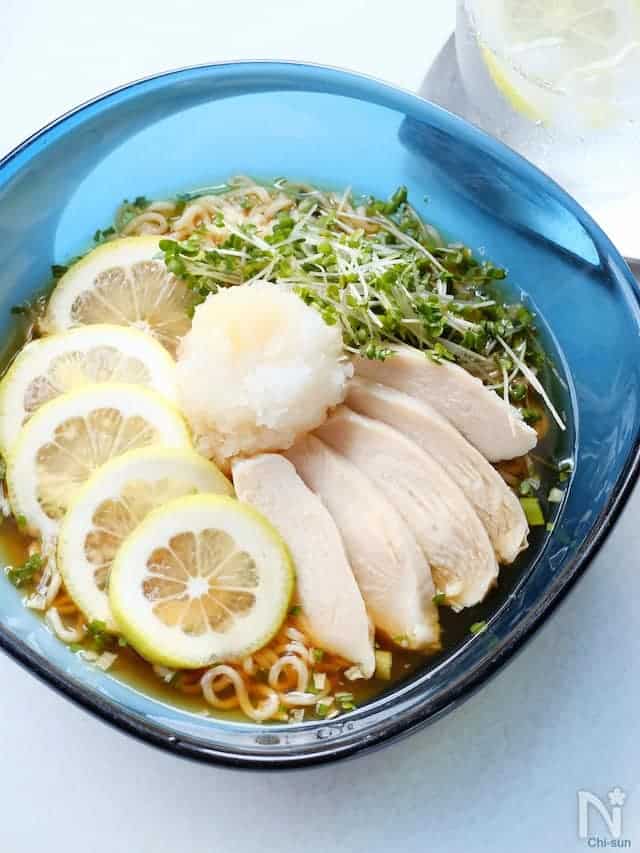
This hiyashi ramen is characterized by the sweet and tangy taste of honey and lemon, along with the refreshing flavor of grated daikon radish. By adding lemon juice and honey to instant soy sauce ramen soup, it becomes light and refreshing. You can also use salad chicken for the chicken meat to make it simple. It’s a dish that is quickly prepared and full of refreshing coolness.
Hiyashi Ramen FAQ
- Can Hiyashi Ramen be customized to fit different dietary preferences?
-
Yes, Hiyashi Ramen is versatile and can be adapted to various dietary preferences. Vegetarian or vegan versions can be made by using vegetable-based broth and substituting animal-based toppings with tofu, mushrooms, or other plant-based proteins. Additionally, gluten-free noodles are available for those with gluten sensitivities.
- What are some creative variations of Hiyashi Ramen available in different regions?
-
In addition to traditional toppings, some regions offer unique twists on Hiyashi Ramen, such as adding seafood like shrimp or crab, incorporating local vegetables, or even experimenting with fusion flavors like Thai-inspired dressings or Mexican-inspired toppings.
How to make Hiyashi Ramen?
Ingredients for 4 servings
| Ingredients | Measurements |
|---|---|
| Noodles | 4 bundles |
| Hot water | 100ml |
| A: Chicken broth powder | 4 tsp |
| A: Kombu dashi powder | 4 tsp |
| A: Sugar | 1 tbsp |
| B: Water | 1500ml |
| B: Men-tsuyu (3x concentrated | 150ml |
| B: Vinegar, sesame oil | Each 1 tbsp |
| B: Bonito flakes | 1 pack (4.5g) |
| Cucumber | As desired |
| Boiled eggs | As desired |
| Ham | As desired |
| Myoga (Japanese ginger), thinly sliced | As desired |
| Sesame seeds | As desired |
Instructions
In a bowl, mix 100ml of hot water with 4 teaspoons of chicken broth powder (A), 4 teaspoons of kombu dashi powder (A), and 1 tablespoon of sugar (A). Stir until dissolved.
Add 1500ml of water (B), 150ml of men-tsuyu (B), 1 tablespoon each of vinegar and sesame oil (B), and 1 pack (4.5g) of bonito flakes (B). Mix well and set aside to chill.
Boil the Chinese noodles according to the package instructions.
Once cooked, rinse the noodles in cold water to stop the cooking process.
Drain the noodles thoroughly and set aside.
Divide the cooked noodles into serving bowls.
Pour the chilled sauce (prepared in step 1) over the noodles in each bowl.
Garnish with julienned cucumber, boiled eggs, ham, sliced myoga, and sesame seeds as desired. Your Hiyashi Ramen is ready to be enjoyed!
Recommended restaurants/ stores
Sakae-ya Honten (栄屋本店)
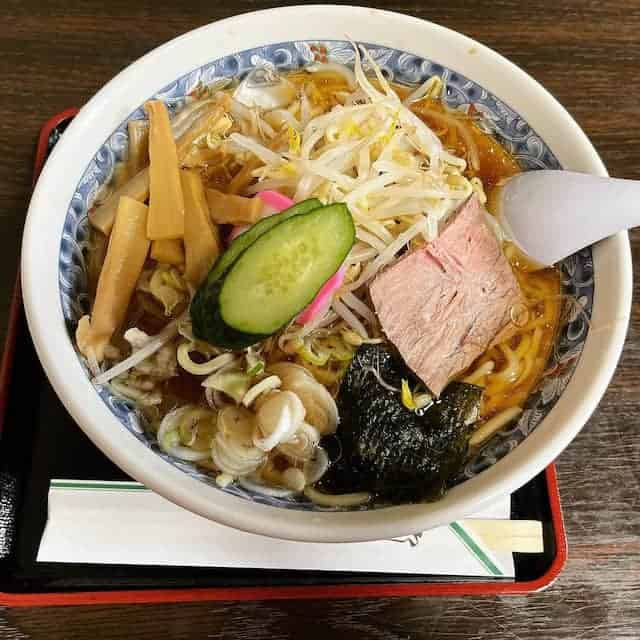
“Sakaeya Honten” is the birthplace of Hiyashi Ramen. It is said that the first-generation master, a skilled craftsman, spent a year perfecting it in response to customer requests.
The secret soup is a soy sauce-based broth made from bonito and kelp. Its unique feature is eating it with floating ice, and its flavor and aroma remain unchanged even as the ice melts, which is its charm. This place is popular with locals and a must-visit for tourists in Yamagata, especially for those trying Hiyashi Ramen for the first time in Yamagata, this place is a must-visit!
Suzukiya (すゞ木屋)
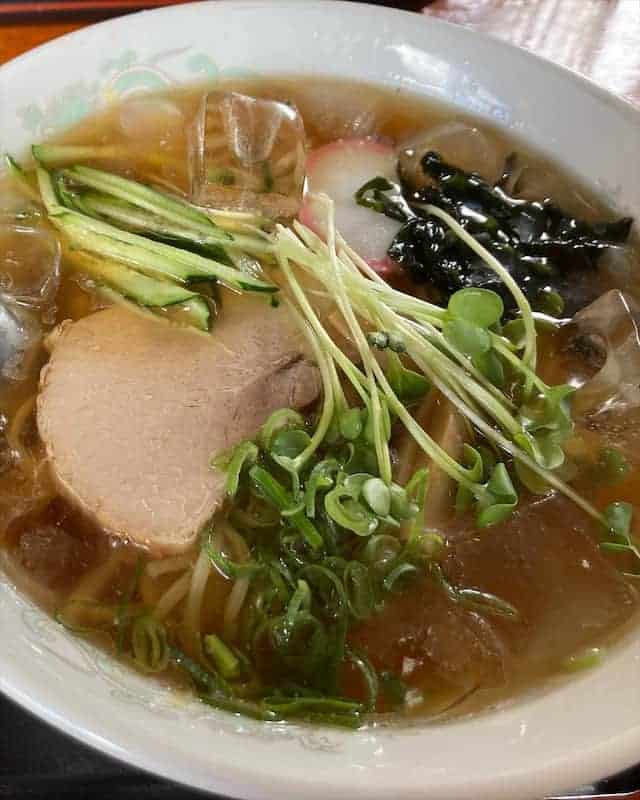
“Suzukiya” is a local favorite soba and ramen shop that has been in business for over 50 years.
Their Hiyashi Ramen features a soup similar to beef bone chilled noodles. The addition of ginger and red chili pepper tightens the refreshing taste even more. The toppings of kaiware radish and cucumber not only enhance the coolness but also create a delightful visual presentation.
Moreover, their traditional Chinese soba, reminiscent of the old days, is also a popular menu item. Its nostalgic and delicious flavor brings a comforting warmth to anyone who tries it.
Shuuchan Ramen (修ちゃんラーメン寒河江南店)
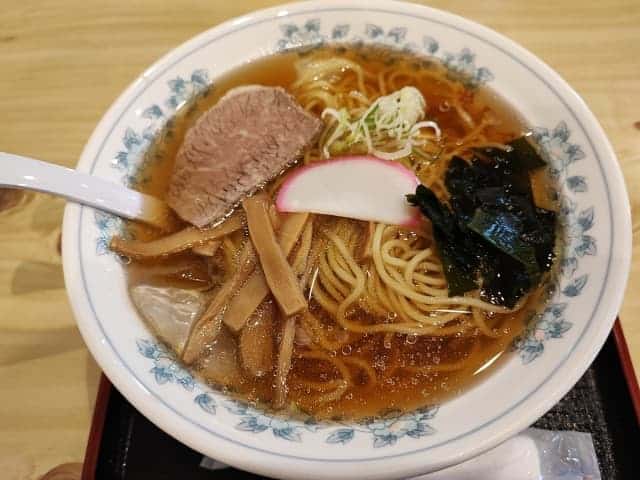
“Shu-chan Ramen Sagae Minami Branch” is a cozy restaurant in Sakatake City where families often gather. Their seasonal special, “Hiyashi Ramen,” has a cold soup that’s full of flavor but feels light and refreshing. Made with homemade noodles, it comes with classic toppings like chashu and menma, along with cucumber and ice for extra coolness. People also love their Negi Miso Natto Ramen, which mixes natto and tangy miso with green onions for a tasty dish.
Takeaway
Hiyashi Ramen, a Japanese cold noodle dish, is a perfect summer treat with its refreshing broth and colorful toppings. From zesty citrus to savory soy flavors, it caters to various tastes, making it popular during hot weather. Whether it’s tender meat, fresh veggies, or tangy sauces, each bowl offers a delightful culinary experience. Hiyashi Ramen has become a favorite worldwide, loved for its blend of textures and flavors, making it a cherished dish enjoyed by many during the summer season.
If you love Hiyashi Ramen, click here or check out below to see more similar delicious Japanese dishes!
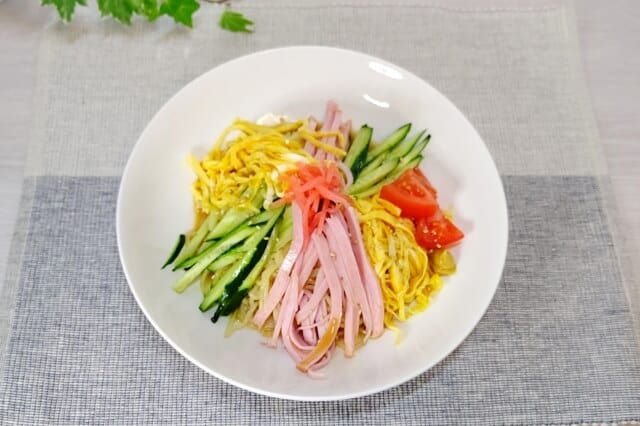
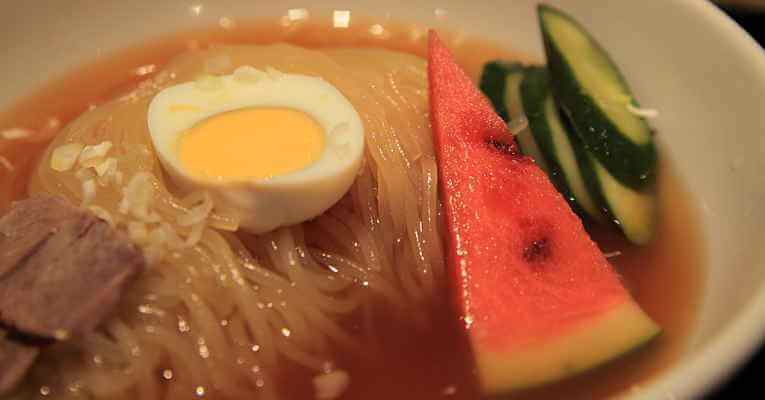
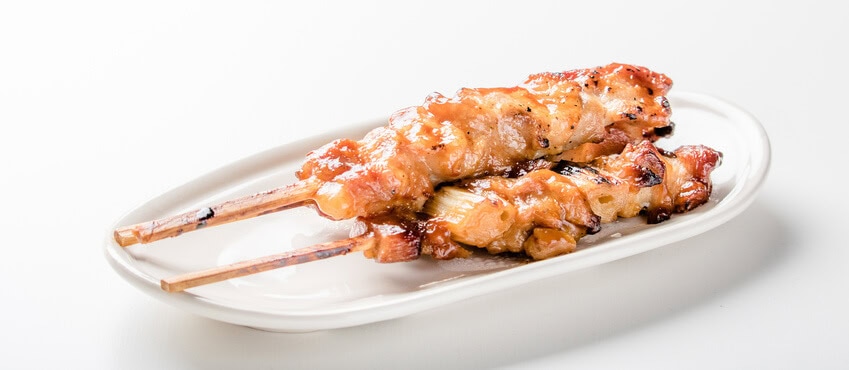
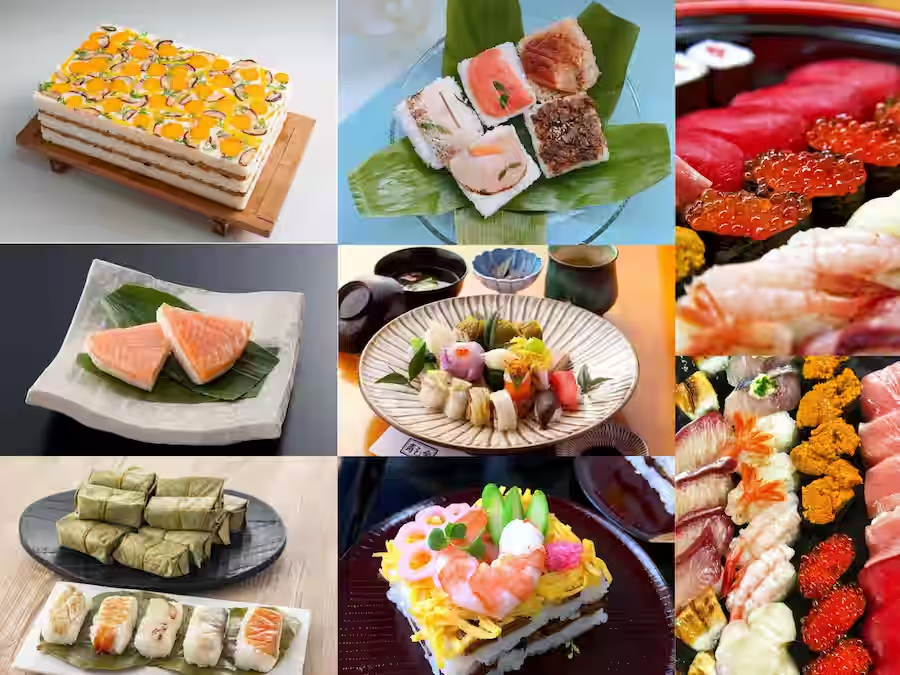
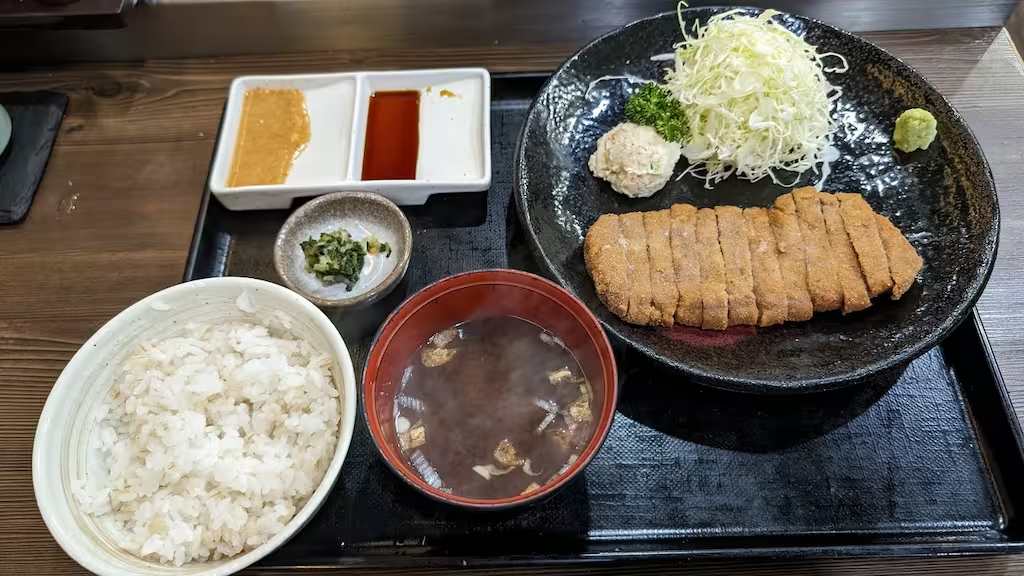
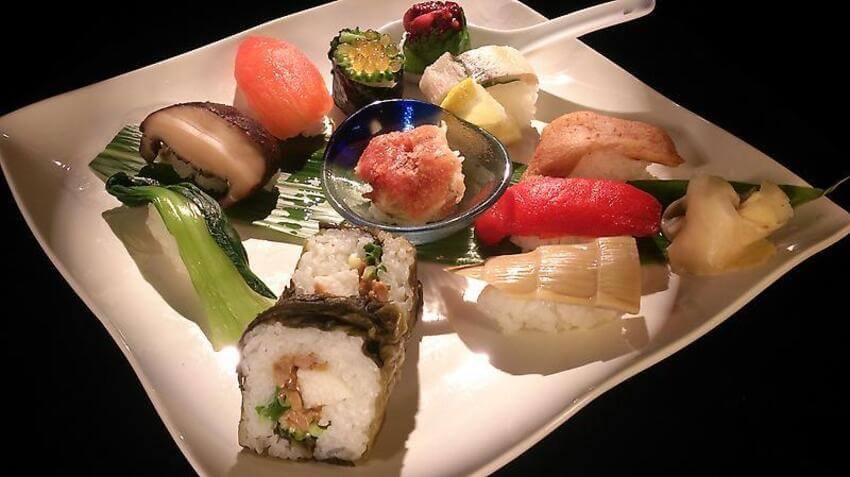


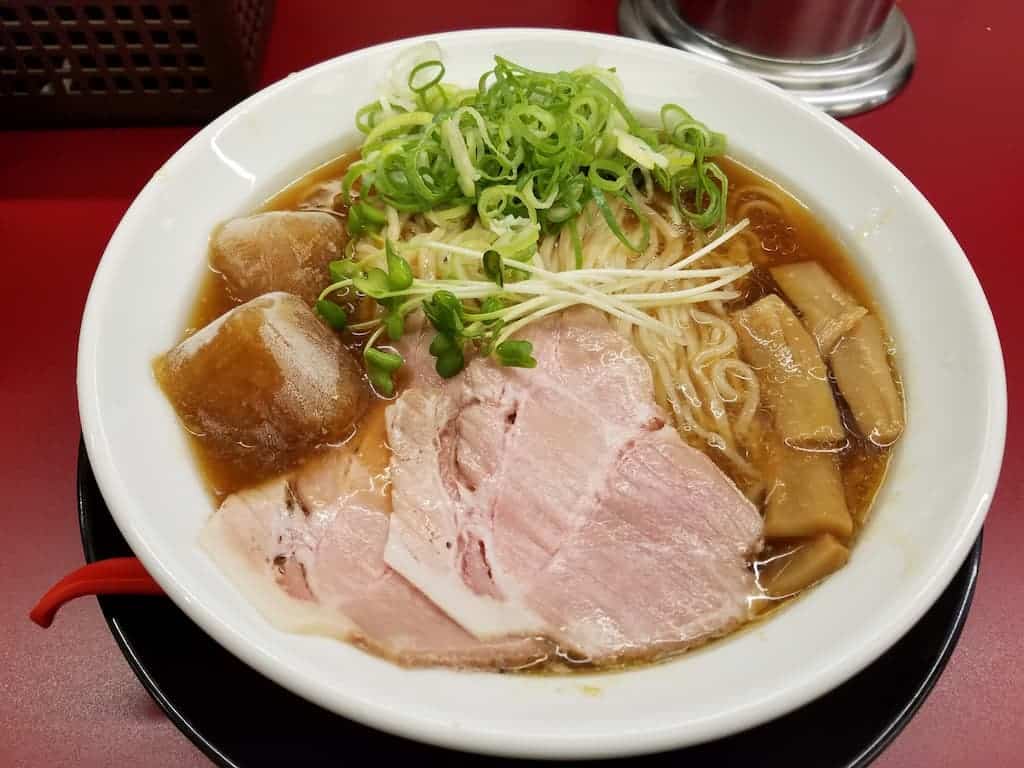
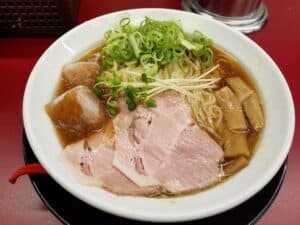
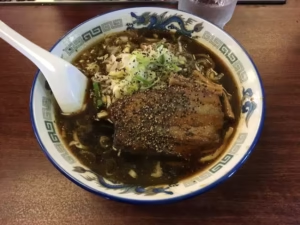
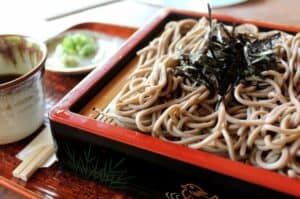
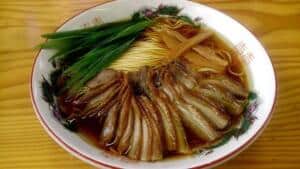
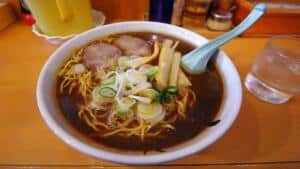
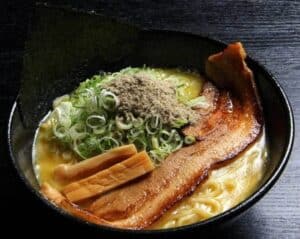
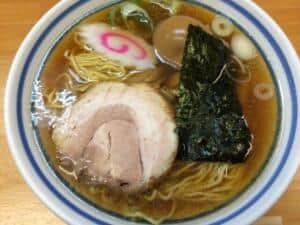
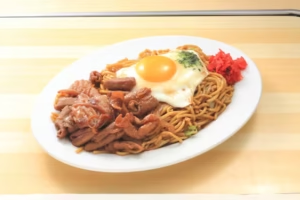
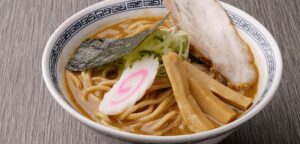
Comments